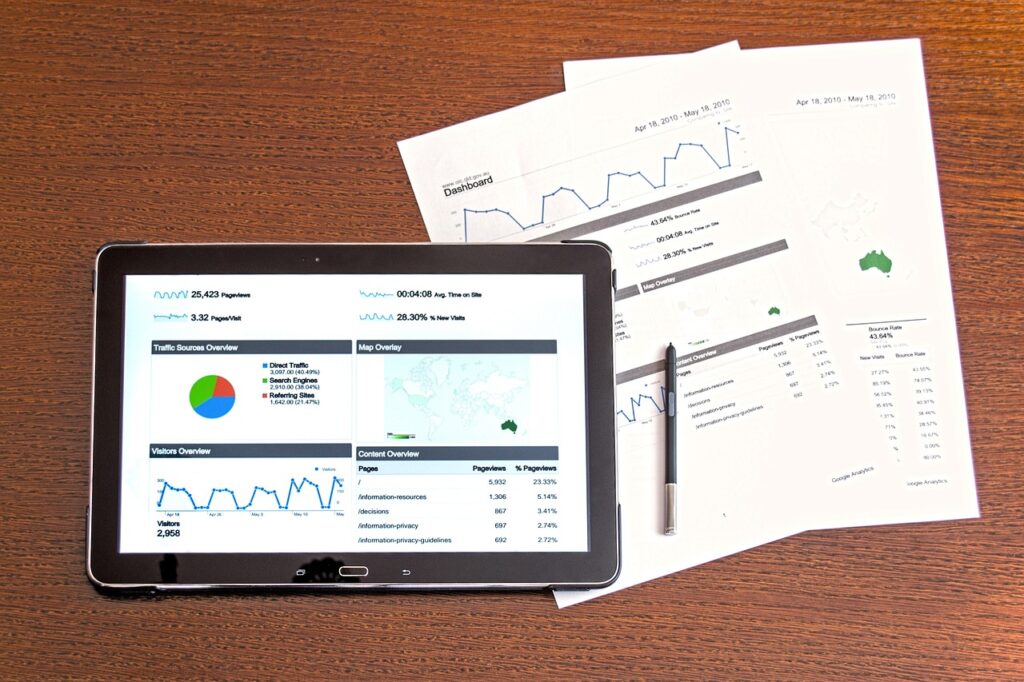A markup revenue model is a pricing strategy in which a business sets a price for a product or service that is higher than the cost of producing or acquiring it. The difference between the cost and the price is the markup, which represents the profit margin for the business.
For example, if a business produces a product for $100 and wants to earn a 20% profit margin, it would add a markup of $20 to the product’s cost. The final price of the product would be $120. This is why it is also known as cost plus pricing.
Markup pricing is a common strategy used by retailers and wholesalers, as well as some service providers. Retailers often use markup pricing because it allows them to cover their costs and make a profit, while still being able to offer competitive prices to customers.
Wholesalers also use markup pricing because it allows them to sell products to retailers at a higher price than they paid for them, which helps to cover their costs and make a profit. In simpler terms, it offers a consistent revenue model with minimal disruptions to the working capital or finances of a small business.
When Should Businesses Use Markup Revenue Model
Businesses should use markup revenue model when they have a good understanding of the market, their costs and the price points of their competitors. It can be effective when they are providing a unique or differentiated product, or when they have a strong brand that commands a premium price. In addition, businesses that have a low-cost structure and high-volume sales can also use markup pricing because they are able to spread their fixed costs over a large number of units.
The markup revenue model has two main advantages:
- It allows for more accurate forecasting of profitability; and
- It can be used in international markets that have different currencies from those used by your company.
When Should Businesses Not Use Markup Revenue Model
However, markup pricing may not be the best strategy for businesses that operate in highly competitive markets, or for businesses that have high costs and low volume sales. In these cases, a cost-plus pricing strategy or a value-based pricing strategy may be more appropriate.
In addition, markup pricing strategy may not be effective when the product is a commodity with low brand loyalty and a high degree of price elasticity. In such cases, businesses may need to use other pricing strategies to remain competitive, such as cost-plus pricing or penetration pricing.
Some of the distinct issues with using markup revenue as a pricing strategy are:
- Limited pricing flexibility: Markup pricing can limit a company’s ability to adjust prices based on market conditions or the cost of goods sold.
- Lack of alignment with costs: Markup pricing can result in prices that are not closely aligned with the costs of producing the product or service.
- Reduced competitiveness: Markup pricing can make it difficult for a company to compete on price with other companies that use different pricing models.
- Reduced customer value: Markup pricing can result in prices that are perceived as too high by customers, which can reduce the value that customers perceive in the product or service.
- Limited scalability: Markup pricing can make it difficult for a company to expand its business, as it may not be able to maintain profitability with increasing costs.
Industries which use Markup Revenue Model in 2023

There is no fixed revenue model in any industry. However it has been found that this pricing strategy is more prevalent in some industries compared to others.
#1. Cosmetics Industry
A cosmetics company produces and sells makeup products. Companies that do not command a strong branding, usually have a markup rate of 25 percent above the costs to produce, sell and market its products are fixed.
The company uses mark-up pricing because it wants to ensure it retains a pre-fixed maximized profit margin while minimizing its costs.
Related Read: If you are a cosmetics brand and wish to brand yourself, try out influencer video marketing. It can help you break free of this revenue model and become more independent and allow you to experiment more with your pricing strategy.
#2. Marketing and Advertising Industry
The most obvious example of a business that uses the markup revenue model in 2023 is in the marketing and advertising niche. Advertisers need to sell their product and services, but they also have to pay for the placements. The way they pay for them is by selling advertising space in website, magazines or newspapers. Advertisers have to pay for the space they use and then get paid by selling ads.
In order for any company to succeed in today’s market they must have good marketing strategies in place so they can reach out as many people as possible with their message before or during their product or service launch.
So, in order to ensure they always retain a profit, their pricing is set at a fixed percentage above their gross costs.
Related Reads:
#3. Furniture Industry
The furniture industry use markup revenue model as their pricing strategy. The markup revenue model is ideal for the furniture industry because furniture don’t usually command much of a brand premium, nor does it have many distinguishing features compared to that of its competitors.
It is non-disruptive industry with semi-high competition, wherein the best way for a business to survive would be to price at a similar rate as that of the competitors while ensuring a fixed percentage of profit is maintained.
Markup revenue model works by having the retailer mark up the price of each piece of furniture they sell by a certain percentage, which is usually 25% or 30%.
#4. Airlines Industry
An airline can sell seats at a high price and then mark up the price of the seat. This allows for higher revenues to be generated from each passenger. In a similar fashion, they sell goods and serve drinks and food at a pre-fixed percentage higher than what it cost them.
#5. Travel Agencies
In this scenario, travel agencies charge customers high prices for services which are marked at certain percentage points higher than their actual costs.
Travel agencies usually have deals with hotels, airlines and airline aggregators that allow them to get better deals than third party consumers. They add up the price, add in a certain markup percentage and sell the package to their customers.
#6. The Retail Industry
Retailers and distributors of consumer goods and services, have long used the markup revenue model in pricing their products. In this model, the retailer or distributor charges a price that is higher than what they actually receive from the wholesaler or manufacturer. The difference between these two prices is often called a “markup.”
For example, a retailer have an agreement with a manufacturer to pay $1 for an item that costs the manufacturer $0.50 to produce. The retailer would mark up the item by 20 percent, therefore, when customers buy this product they are charged only $1.20.
Wrapping it Up
As you probably understand by now, markup revenue model allows for a consistent pricing strategy that may be well suited for small businesses and startups in their initial days, but it causes a lot of difficulties, when you try to scale your business or startup.
You should always use markup revenue model as a stepping stone to other forms of pricing strategy. Send us an email at adhip[at]winsavvy.com or book a meeting for free here and we will show you how we do it.
Final Tips on Using the Markup Revenue Model
- Understand costs: Businesses should have a clear understanding of the costs associated with producing their products or services, including direct costs (e.g. materials, labor) and indirect costs (e.g. overhead, marketing).
- Determine target markup: Businesses should determine the desired markup percentage that will allow them to achieve their financial goals, such as covering costs and generating profit.
- Monitor market conditions: Businesses should monitor market conditions, including the prices of similar products or services and the cost of goods, to ensure that their prices remain competitive. Use our recommended business intelligence tools for the best effect.
- Consider customer perception: Businesses should consider how customers may perceive the prices of their products or services, and whether they are perceived as fair and reasonable. These market research tools can help you get the job done fast and effectively.
- Review pricing regularly: Businesses should review their pricing regularly, as costs and market conditions can change over time, to ensure that they are able to achieve their financial goals.
- Be open to other pricing models: Businesses should not solely rely on markup pricing model and be open to explore other pricing models, like value-based pricing, to see if they can better align their pricing strategy with the value they are providing to the customer.
Need help with your revenue model? Send us an email at adhip[at]winsavvy.com or book a meeting for free here!
Read Next: What is a Business Model Canvas Template and How to Use It





















